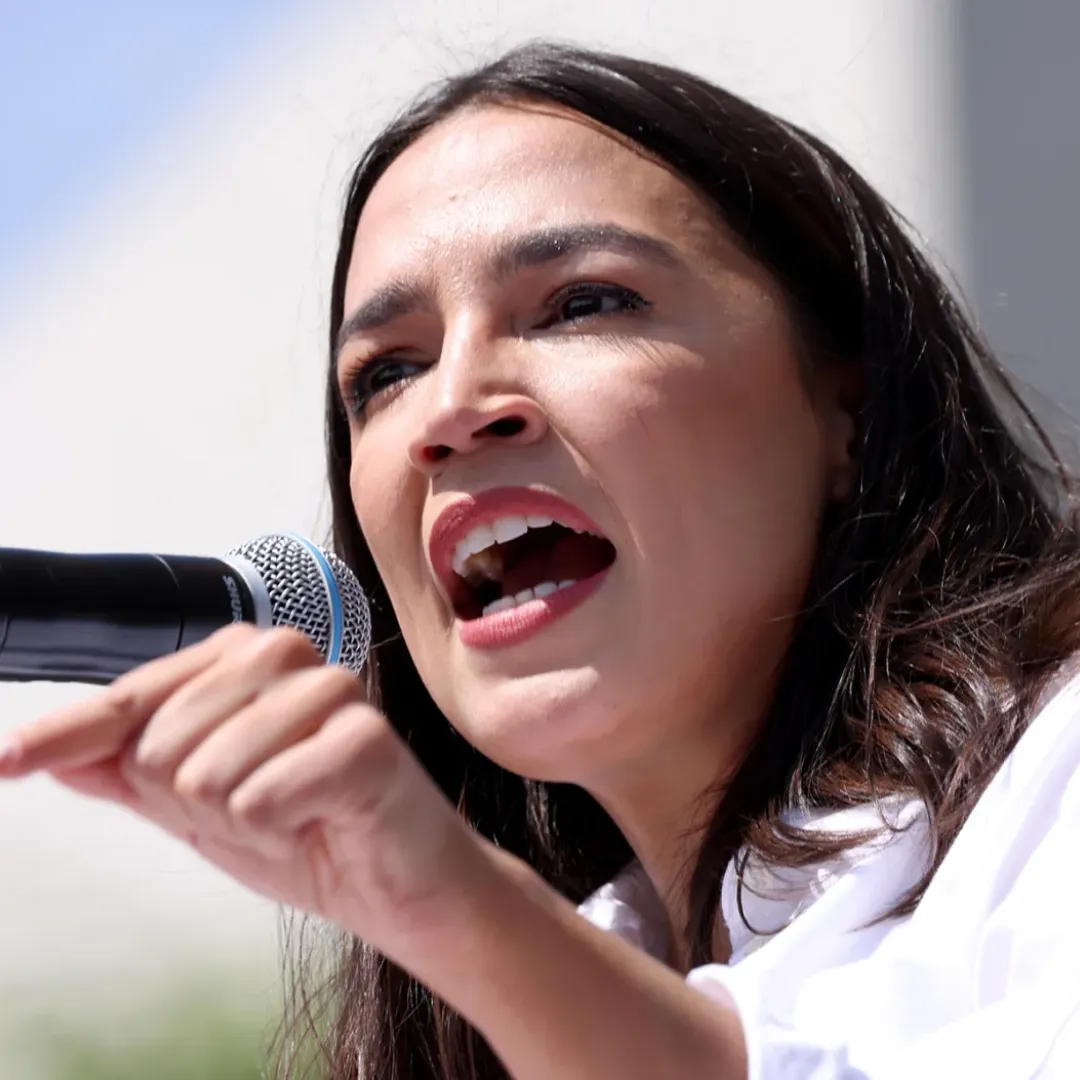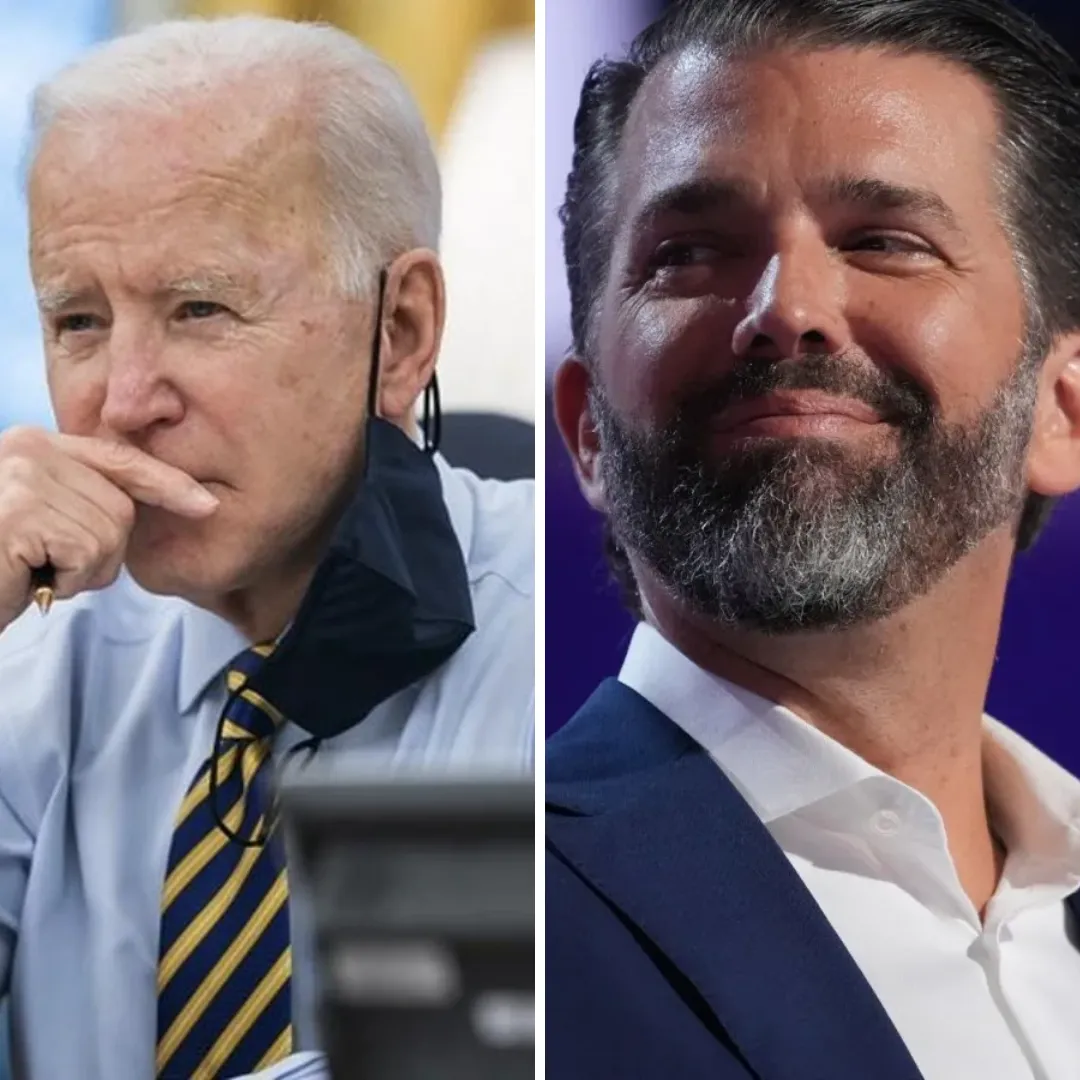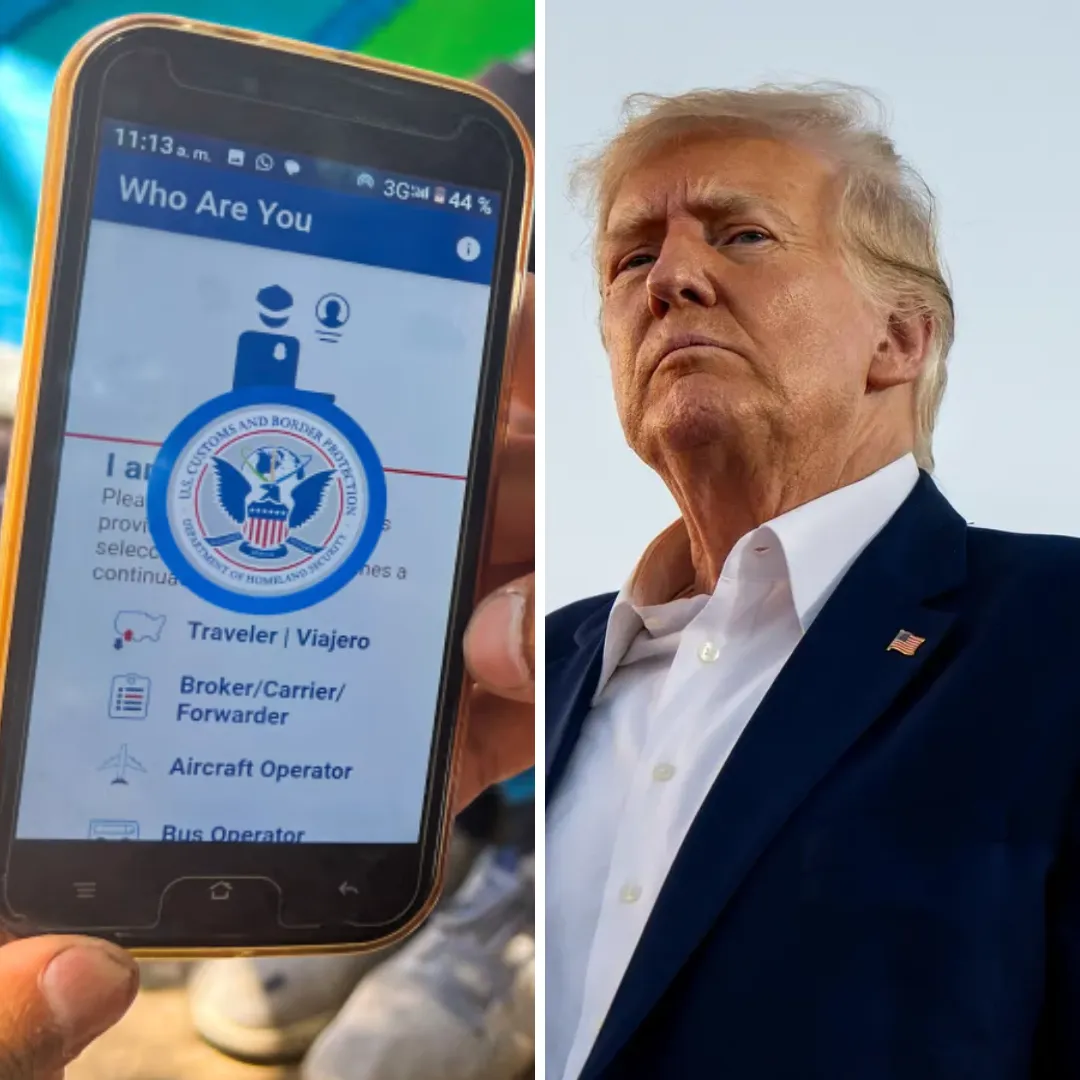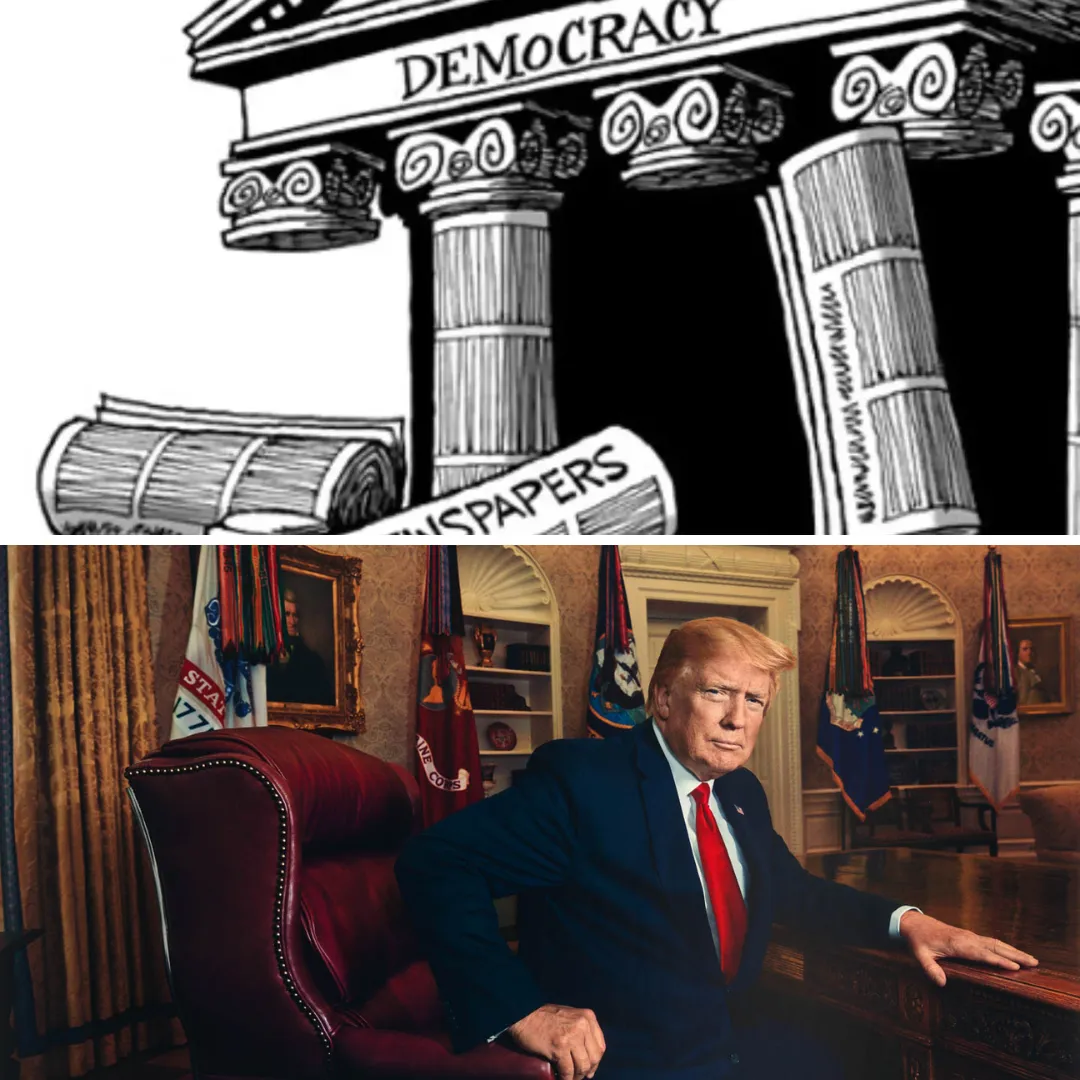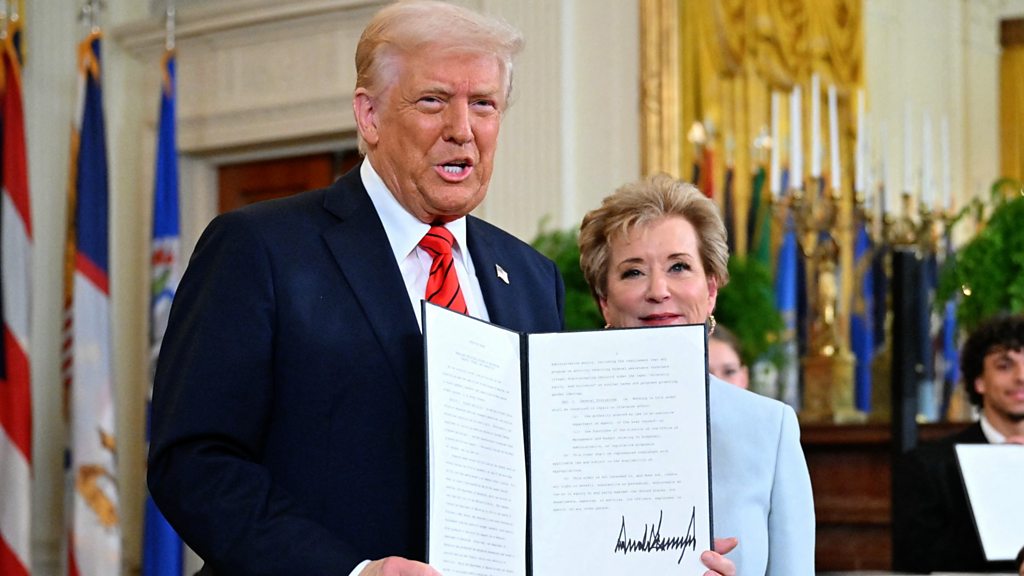
President Trump has launched an aggressive and unprecedented intervention into the American education system by signing a sweeping series of executive orders from the Oval Office, setting the stage for dramatic policy shifts spanning from kindergarten to higher education.
With an apparent desire to redefine the framework of learning, discipline, workforce development, and institutional accountability, Trump’s latest moves are widely seen as a direct attempt to reshape the core philosophies underpinning the nation's schools and universities.
The announcement, which came midweek, drew immediate attention due to the breadth of its impact, particularly as it touches nearly every level of education and injects political ideology into previously bureaucratic processes such as college accreditation.
One of the most contentious elements involves school discipline. The executive order seeks to reverse policies implemented under the Obama and Biden administrations, which Trump and his team claim have hampered educators' ability to maintain order.
According to Will Scharf, the White House staff secretary, those prior frameworks "created issues in the classroom for teachers and students alike." Trump’s directive aims to return control of disciplinary practices squarely to school administrators, prioritizing behavioral accountability and removing what the administration views as overly lenient or ideologically driven restrictions on teacher authority.
Education Secretary Linda McMahon supported the move with the assertion that “President Trump is taking historic and commonsense action to boost school safety standards. Disciplinary decisions should be based solely on students’ behavior and actions,” signaling a policy turn away from equity-based discipline approaches and toward what supporters describe as a more pragmatic stance.
The timing of this order, however, arrives in the aftermath of the COVID-19 pandemic, which left many schools struggling with increased behavioral disruptions, absenteeism, and mental health challenges.
While there is consensus that classroom discipline has become more difficult since the pandemic, the question remains whether the federal government can substantially influence discipline protocols that are traditionally managed at the local level.

Nonetheless, the move sends a strong political signal that the administration is prepared to intervene where it believes ideological overreach has compromised the effectiveness of education.
Another major component of Trump’s education overhaul is a focused effort to integrate artificial intelligence into K-12 curricula. The administration insists that preparing young Americans to compete in an AI-driven future economy is not just aspirational but essential.
“The basic idea of this executive order is to ensure that we properly train the workforce of the future by ensuring that school children, young Americans, are adequately trained in AI tools,” Scharf explained, emphasizing the urgency of adapting classroom instruction to match the technological demands of future labor markets.
The administration is expected to work with public and private sector stakeholders to introduce AI instruction standards and ensure equitable access to tools and platforms that can familiarize students with the emerging technologies dominating global industries.
But it is the intervention into higher education that may prove the most incendiary. Trump signed an executive order intended to disrupt the current accreditation system, which governs whether a college or university can access federal funding and financial aid.
The administration has accused accreditation bodies of drifting away from performance-based evaluations and embracing ideological criteria that privilege “woke ideology” over academic merit.
“Many of those third-party accreditors have relied on sort of woke ideology to accredit universities, instead of accrediting based on merit and performance,” Scharf stated, capturing the administration's deep skepticism of higher education's internal regulatory mechanisms.
The consequences of this move could be severe, particularly for institutions that rely heavily on federal dollars to operate. Without accreditation, universities stand to lose not only prestige but also the essential funding that allows students to access loans, grants, and other financial resources.
Already, the effects are being felt. Harvard University, for instance, recently had $2 billion in federal funding revoked after it failed to comply with Trump administration policy demands. In response, Harvard has filed a lawsuit, potentially setting the stage for a drawn-out legal and political confrontation between elite academia and federal power.
Trump’s executive order on college accreditation does more than just challenge bureaucratic norms; it constitutes an open assault on the ideological underpinnings of American higher education.
Critics warn that by tying accreditation to political compliance rather than academic performance, the administration could undermine the independence and integrity of universities across the country. Proponents argue that it is a necessary corrective to what they describe as rampant politicization within college campuses.
In addition to reshaping how colleges are evaluated, another executive order addressed the issue of foreign gifts to universities. While laws already exist requiring the disclosure of large foreign donations, the Trump administration claims these regulations have been routinely ignored, particularly by elite institutions.
“There are currently laws on the books requiring certain disclosures of universities when they accept large foreign gifts. We believe that certain universities, including, for example, Harvard, have routinely violated this law, and this law has not been effectively enforced,” Scharf declared. This directive seeks to tighten enforcement, with an eye toward increased transparency and potential penalties for noncompliance.
Further signaling his focus on historically underserved communities, Trump signed an executive order establishing a new White House initiative to support historically Black colleges and universities.
This move is designed to streamline federal support and enhance the role of HBCUs as engines of opportunity and innovation in their communities. Education Secretary McMahon emphasized that “The Department will work with the Initiative and HBCUs to expand partnerships and share best practices for institutions to become hubs of opportunity and economic engines for local industries and employers,” positioning the initiative as a commitment to equity and excellence without the ideological baggage the administration associates with other forms of diversity programming.
Finally, Trump’s slate of education reforms includes a focus on workforce development, specifically through expanding apprenticeships and dual enrollment programs.

The administration believes these programs align more closely with real-world labor needs and can offer an alternative to traditional four-year degrees, which many believe are no longer the most efficient pathway to economic mobility.
“The Trump administration will support communities across the country that are offering career-aligned programs like apprenticeships and dual enrollment to best meet the needs of their workforce,” McMahon added, underscoring the administration’s broader vision of education as a direct pipeline into employment.
Together, these executive orders represent a radical departure from the education policies of past administrations and underscore Trump’s willingness to exert executive power in pursuit of a cultural and ideological realignment of American schools and universities.
While supporters laud the initiative as a long-overdue correction to systemic bloat and ideological excess, critics see the moves as heavy-handed, legally questionable, and potentially destructive to the fabric of public education.
The political ramifications are already beginning to unfold. Teachers’ unions, university administrators, civil rights organizations, and legal scholars are gearing up for what may become a prolonged battle over the future of American education.
At the same time, conservative lawmakers and commentators are celebrating the orders as a bold strike against what they consider to be the leftward drift of educational institutions and the erosion of traditional values.
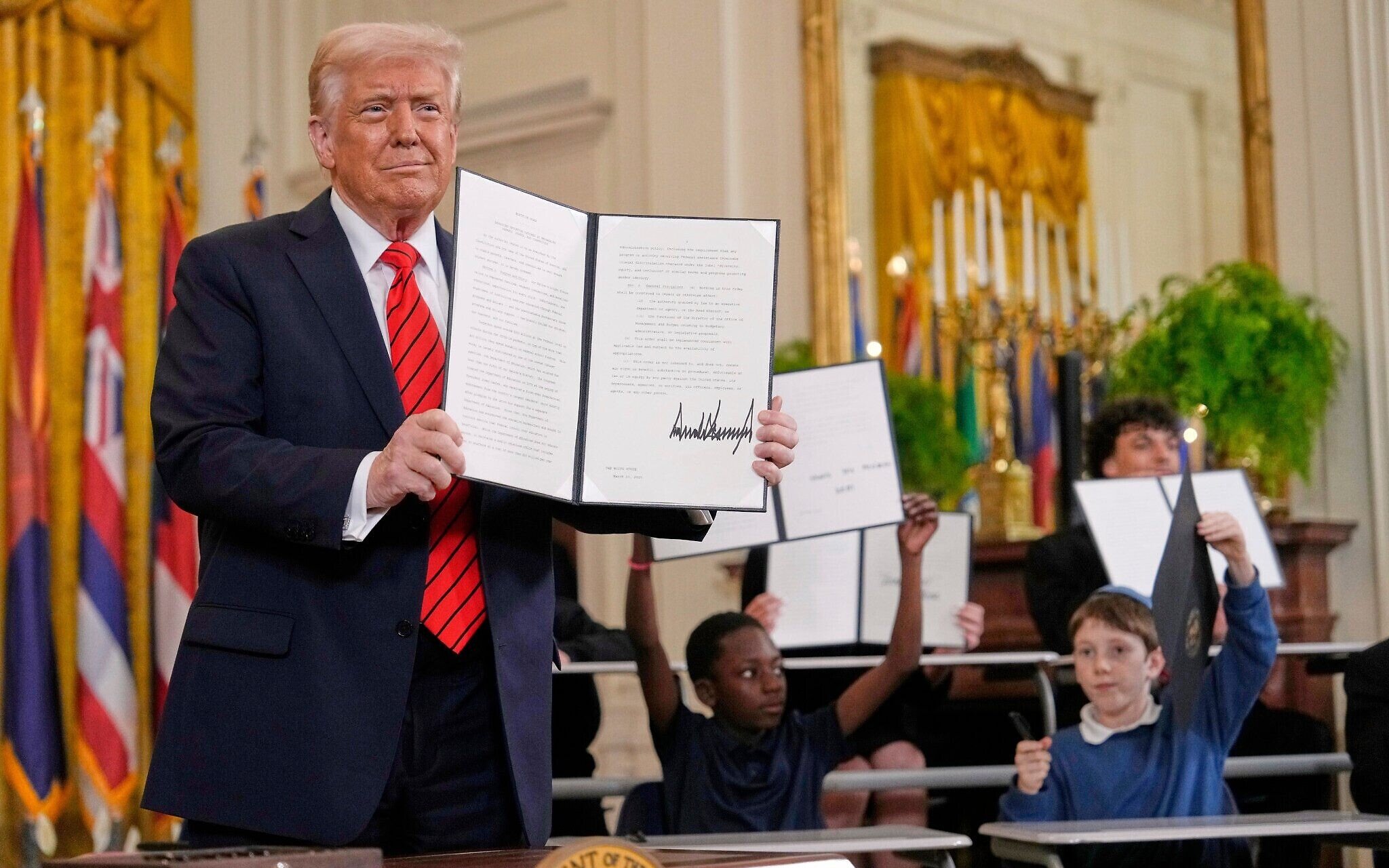
It is still unclear how much of this sweeping agenda can be implemented without legislative backing, but Trump’s latest actions have left no doubt about his priorities.
Education, once a quieter arena of policy, has now become a central battleground in the cultural and political war that continues to divide the country. And for President Trump, the fight is far from over.
